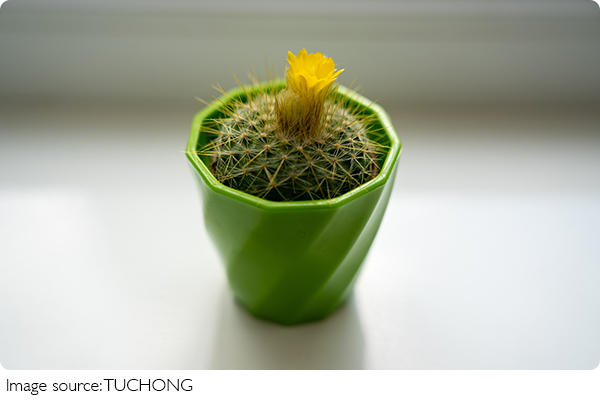Nature’s Desert Survivors

Cacti is a unique plant belonging to the Cactaceae family, native to the Americas.
They have evolved a series of distinctive characteristics to adapt to arid environments, resulting in a rich and diverse array of species that are widely distributed in the deserts and dry areas of North America, South America, and Central America.
Cacti exhibit a remarkable variety in shape; some are tall and upright, while others are short and round. There are also uniquely spherical or columnar forms, which are truly fascinating. The most notable feature of cacti is their fleshy stems, which can store water and enable them to survive in drought conditions.
Their stems are typically smooth, with a waxy covering that reduces water evaporation. Additionally, many species of cacti are covered with thorns or hairs on their surfaces, which not only deter herbivores but also help the plants condense water at night.
The colors of cacti are also varied, ranging from bright green to dark purple and red, and even exhibit a variety of colors with stripes or spots, which enhances their ornamental value.
In terms of growth habits, cacti are generally drought-resistant. Their root systems are usually shallow and wide, allowing them to quickly absorb water after precipitation.
Furthermore, the stomata of cacti typically remain closed during the day to minimize water loss through evaporation and open at night to facilitate photosynthesis. This unique physiological mechanism allows cacti to survive in extreme environments.
Cacti not only play an essential role in the ecosystem but also occupy a significant place in human culture and economic life. Cacti are symbols of local culture in Mexico and the southwestern United States, with many works of art and handicrafts drawing inspiration from them.
Additionally, some types of cacti are edible; for instance, Cacti fruit (Nopal) is not only delicious but also rich in nutritional value, containing abundant fiber and vitamins.

In gardening, cacti are gradually becoming popular due to their unique shapes and colors. Many enthusiasts choose to grow cacti in their homes or offices because they require less water and are easy to maintain, while also adding vitality to the environment.
In the greening of certain cities, cacti have become an important choice for planting, as they can thrive in drought and high-temperature conditions, helping to conserve water resources.
Despite all the advantages of cacti, they still face numerous threats in their habitats. Habitat destruction, climate change, and human interference all jeopardize their survival.
In some regions, certain species of cacti are at risk of extinction due to over-collection. Consequently, protecting these unique plants has become an urgent issue.
There are typically two ways to propagate cacti: through seeds and stem cuttings. Seed propagation requires suitable temperature and humidity, while cuttings involve inserting mature stem segments into the soil to encourage rooting. These two propagation methods enable cacti to expand their populations in various environments.
Cacti hold a significant place in nature due to their unique physiological characteristics and adaptability. They not only play a crucial role in the ecological environment but also exhibit diverse values in human cultural and economic activities.
Protecting cacti and their habitats is essential for maintaining biodiversity and ecological balance. Therefore, while enjoying the beauty and practical benefits of cacti, we must also focus on their protection and sustainable development.

 · Plant Team
· Plant Team